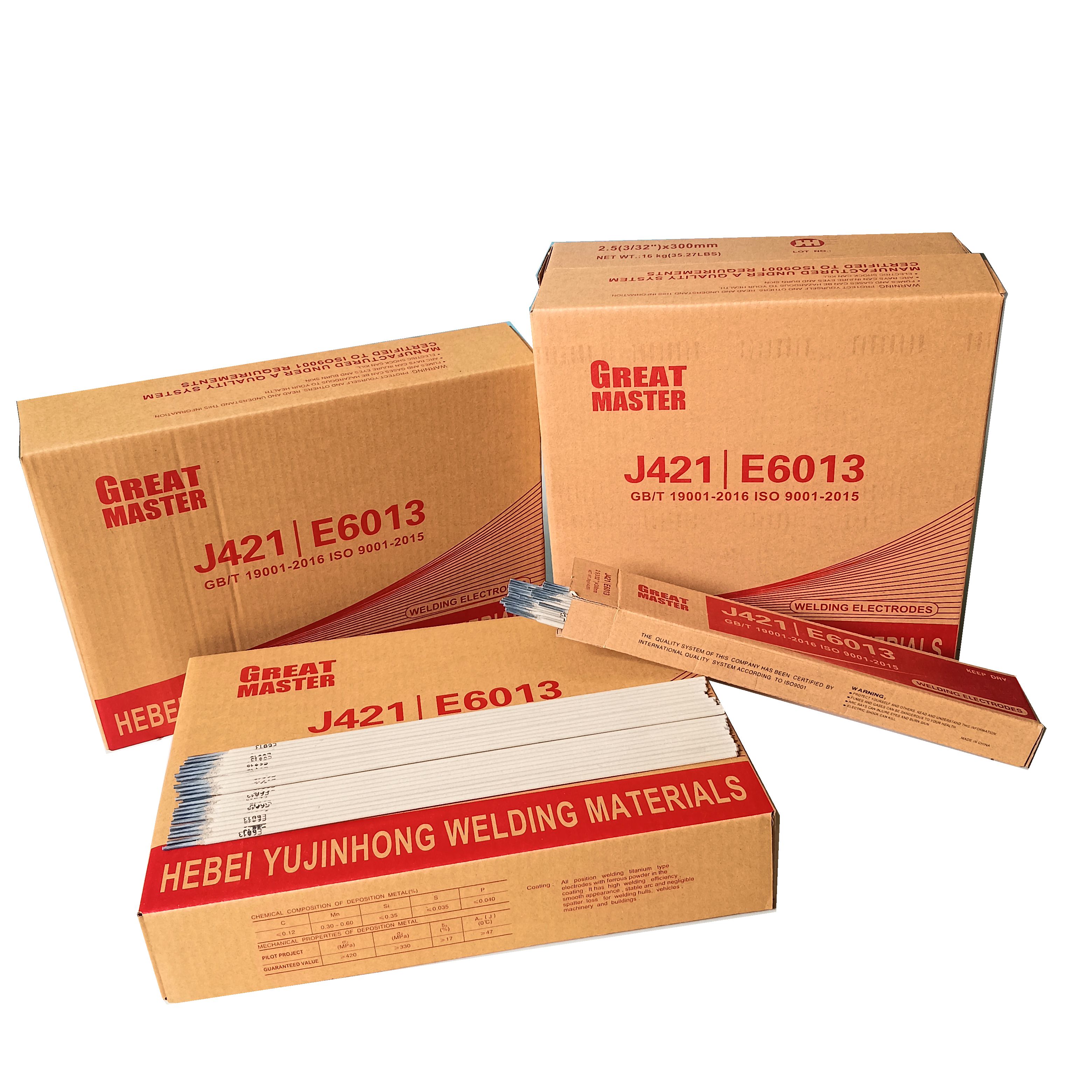Advancements and Techniques in Direct Current Electrode Welding for Enhanced Industrial Applications
Understanding DC Electrode Welding
DC (Direct Current) electrode welding is a widely used method in various industries for metal fabrication and repair. This welding technique utilizes a direct electrical current to create an arc between an electrode and the workpiece, melting the metal and allowing for a strong bond once cooled. The process is highly efficient and versatile, suitable for different metal types and thicknesses.
Principles of DC Electrode Welding
At the heart of DC electrode welding is the generation of an electric arc. This arc is produced by the flow of electricity through a conductive electrode and the base metal. The electrode, which is typically coated with a flux material, serves multiple purposes it acts as a filler material, provides a shield from contamination, and stabilizes the arc. When the electrode tip comes into contact with the workpiece and creates a short circuit, the current causes the metal and the coating to melt, forming a molten pool.
Advantages of DC Electrode Welding
One of the primary benefits of DC electrode welding is its ability to deliver a consistent and stable arc. This stability enhances the quality of the weld, resulting in fewer defects and a more reliable joint. Additionally, DC welding is effective for welding ferrous and non-ferrous metals, including steel, cast iron, and aluminum, making it a versatile choice for many applications.
Furthermore, the process is relatively easy to learn and implement, making it accessible for both novice and experienced welders. The portability of DC welding equipment also adds to its appeal, allowing for usage in various locations, including outdoor job sites where traditional AC welding might not be feasible.
Applications of DC Electrode Welding
dc electrode welding

DC electrode welding finds use in numerous sectors, including construction, automotive, and manufacturing. In construction, it is often employed for joining structural components due to its ability to produce strong, durable welds. The automotive industry uses this method for welding various parts and repairs, ensuring that vehicles are built with integrity and safety.
Moreover, in manufacturing processes, DC welding is vital in producing components that require precise control over the weld quality. It is also essential in maintenance applications, where quick, reliable repairs can be necessary to minimize downtime in production environments.
Challenges and Considerations
Despite its advantages, DC electrode welding also presents certain challenges. The operator must ensure proper electrode selection and adjustment of the welding parameters according to the type and thickness of the material being welded. Inadequate settings can lead to poor penetration, excessive spatter, or defective welds.
Additionally, the technique requires a clean work environment to minimize contamination risks. Proper safety measures must be enforced, as the process involves high temperatures and the emission of harmful fumes. Protective gear, such as welding helmets and gloves, should always be worn to safeguard against burns and exposure.
Conclusion
DC electrode welding remains a cornerstone in various welding applications, combining simplicity with effectiveness. Its reliable arc stability and versatility make it a preferred choice among welders for performing tasks ranging from industrial manufacturing to automotive repair. As technology advances, the techniques and equipment used in DC welding continue to evolve, enhancing its efficiency and quality. Whether for small-scale projects or large industrial applications, understanding the principles and best practices of DC electrode welding is crucial for achieving optimal results in metal joining.
-
Best Hardfacing MIG Wire for Sale High Durability Welding SuppliesNewsJun.10,2025
-
ER70S-6 MIG Welding Wire Supplier High Quality China Welding Wire ManufacturerNewsJun.10,2025
-
Premium Aluminum Flux Core Wire China Manufacturer FactoryNewsJun.10,2025
-
Premium Cast Iron Welding Electrodes for Superior BondsNewsJun.10,2025
-
Premium 309L MIG Wire High Strength & Corrosion ResistantNewsJun.10,2025
-
Stainless Steel Welding Rod Types Complete Guide to Corrosion ResistanceNewsJun.09,2025


